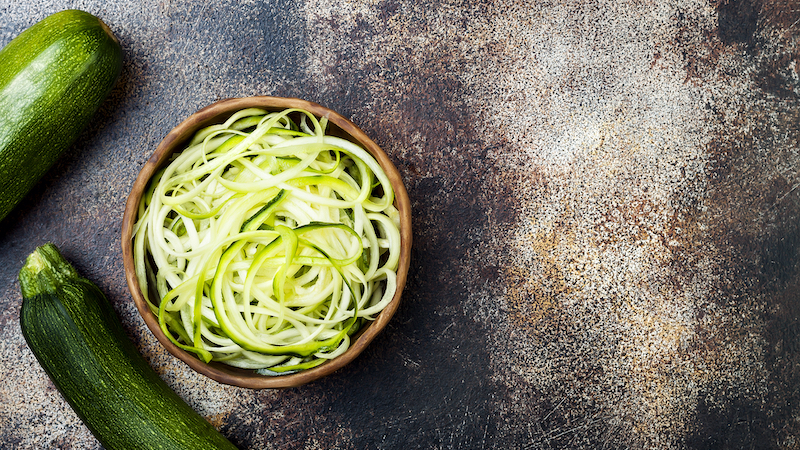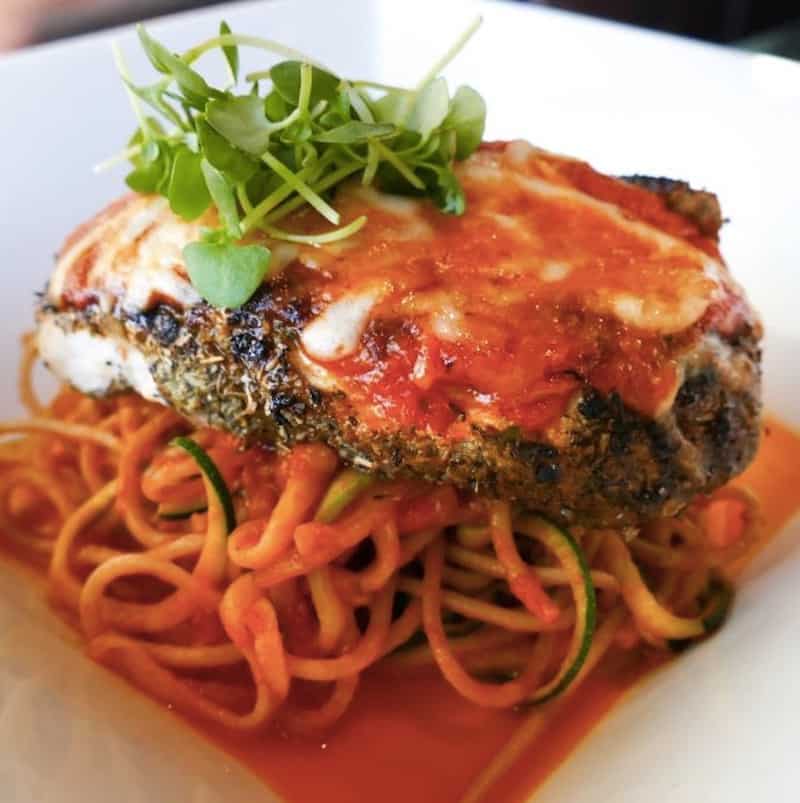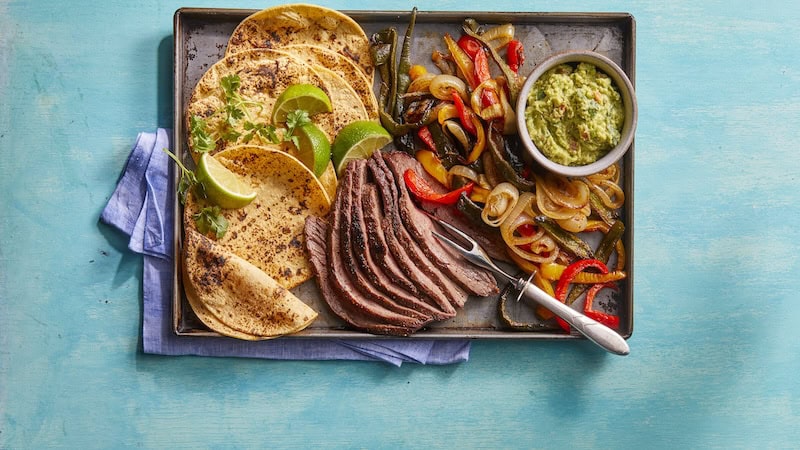Pasta Alternatives for Health and Variety
From whole wheat to ‘zoodles,’ here’s how to supplement this favorite food

Pasta is a culinary favorite across the world, from home cooking to fine dining. The good news is that it may not be as unhealthy as we once thought. Better yet, we can add pasta alternatives to our plate for better health and for tasty variety.
The world’s love affair with pasta traces back thousands of years to Asia, where archaeologists believe the first noodles were produced. There’s been no turning back from this versatile and delicious comfort food favorite. Its reputation has been bruised in recent years, however, taking hits from the low-carb diet trend, wheat allergies, and accusations of contributing to several types of ill health, from weight gain and diabetes to cardiovascular disease.
Not to be defeated, our collective penchant for pasta has redefined noodles as we know them in a market that’s exploding with novel varieties made from veggies, beans, lentils, seaweed, mushrooms, and more. While it’s great we don’t have to give up our pasta fix, so many seemingly better and more nutritious options can make the best healthful choice confusing.
Pasta 101
Pasta is made from milled durum wheat (semolina), a hard wheat that’s higher in protein than the wheat used to make bread. When mixed with water, it forms the dough that is cut into shapes like spaghetti and penne. The milling process removes the bran and the germ from the wheat, leaving only bits of the starchy endosperm. Removing the bran and germ strips fiber and important B vitamins and nutrients. However, many refined pastas are enriched with B vitamins and iron.
Kneading the dough results in a protein matrix surrounding the starch particles, which gives pasta its strong, stretchy composition. According to Nicola M. McKeown, Ph.D., associate professor at the Friedman School of Nutrition Science and Policy, this may “lead to slower digestion of the starch particles, lower release of glucose, and may help you to feel fuller.” Compared to some other carbohydrate-based foods, like potatoes, white rice, and bread made from white flour, pasta is slower to digest.
Its slower digestion may provide evidence to disprove it plays a role in weight gain. According to a recent systematic review and meta-analysis of 30 studies involving nearly 2,500 people, published in a 2018 journal BMJ Open, pasta did not cause weight gain or an increase in body fat in people who ate pasta instead of other carbohydrates as part of a healthy diet. Some participants even experienced weight loss. “If we consider that pasta is the staple carbohydrate source in the Mediterranean diet, and the evidence consistently supports the health benefits of a Med. diet, I think pasta can be part of a healthy dietary pattern,” says McKeown.
White vs. whole wheat
Whole wheat pasta is also made from wheat flour, but it retains most of the bran and germ, resulting in a more textured and hearty pasta that delivers more vitamins, minerals, and fiber and fewer calories than refined pasta. Whole wheat pasta has twice the fiber, which can provide up to 25 percent of the recommended daily fiber intake per serving.
Most of us are not meeting the daily recommendations for dietary fiber or whole grains, says McKeown, which makes whole-grain pasta a good choice over refined. “Dietary fiber can help in maintaining a healthy weight, lowering risk of diabetes and heart disease, and even promoting gut health, to name just a few benefits,” she says.
A healthy recipe for Chicken Parmesan over zucchini noodles and whole wheat pasta, from the Healthy Kitchen at Hilton Head Health

The vast variety of pasta alternatives
Pastas made from non-wheat flours include those made from beans, lentils, and other whole grains, like quinoa and brown rice, are quite popular. Some, like legume-based pasta, are even higher in fiber, protein, and iron than whole wheat pastas. When choosing any variety of pasta, always check the ingredient and nutrition labels to make the healthiest choices.
McKeown recommends checking to see if it contains whole grain or refined grain flour and whether it’s fiber enriched. For example, a veggie pasta, such as spinach noodles, may seem healthier, but may be made with refined flour and a small amount of spinach flour, and contain only two grams of fiber. Be sure to note calories and portion size as well. One serving is a half-cup (two ounces) dry, or one cup cooked, which provides about 160 to 200 calories. If pasta is the main dish, it may be easy to double or even triple this amount.
Vegetable “noodles” are another option, especially for people who want a low-carb, low-cal, gluten-free alternative. Available in fresh or frozen packages, or made at home with a mandoline or spiralizer, they can be made from many veggies, like zucchini “zoodles,” carrots, beets, and spaghetti squash. A one-cup serving of zoodles serves up two grams of fiber, three grams of protein, and many vitamins, minerals, and health-promoting plant compounds – an excellent way to increase your daily vegetable intake.
Serve selectively
If the goal is a more healthful pasta, keep in stride by skipping decadent butter and cheese sauces and serving it with lots of veggies, low sodium canned tomatoes, tomato sauces, beans, lean proteins, like ground turkey or seafood, healthy oils, like olive oil, herbs, and citrus or vinegar.
Reprinted with permission from Environmental Nutrition, a monthly publication of Belvoir Media Group, LLC. 800-829-5384. www.EnvironmentalNutrition.com.
© 2022 Belvoir Media Group. Distributed by Tribune Content Agency, LLC.


